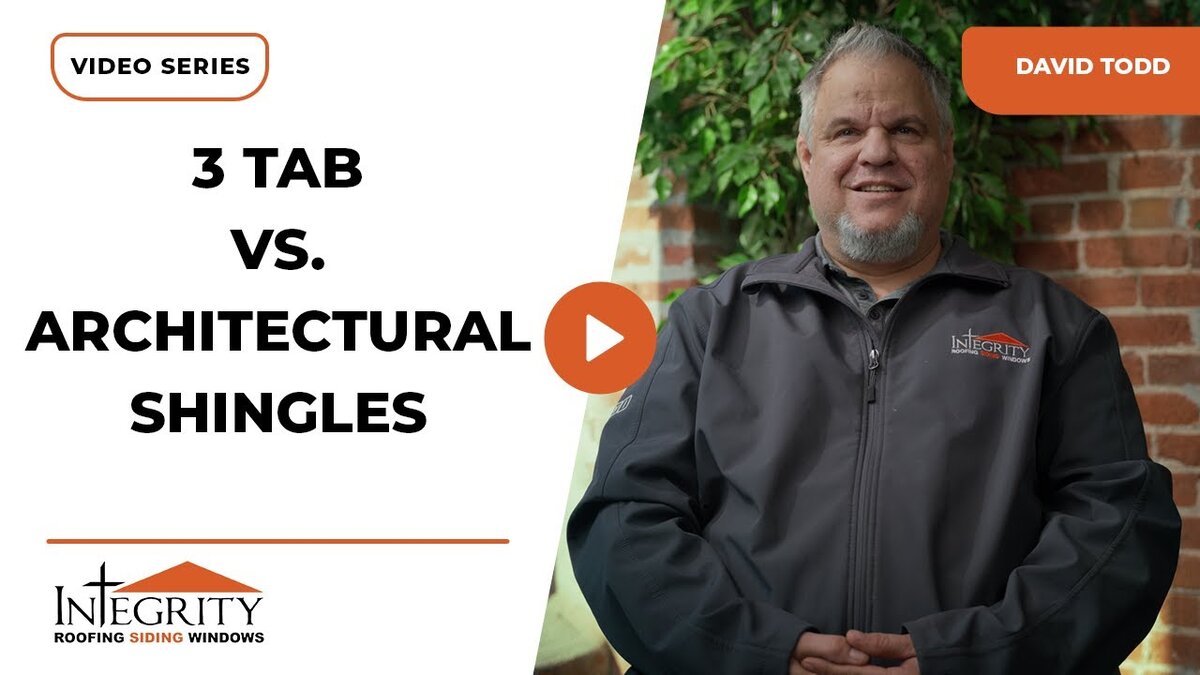When your roof suffers damage due to a storm, it can be a stressful situation to manage. However, understanding the steps involved in the storm damage roof repair process can offer clarity and assurance. Let’s explore the roof repair process following storm damage to ensure your home is adequately protected and restored.
Emergency Tarping and Insurance Claim
The primary step in the roof repair process often entails emergency tarping to minimize immediate damage caused by adverse weather conditions such as storms or heavy winds. Whether you detect a leak or not, promptly covering any holes, cracks, or damaged areas is crucial to prevent further issues such as water infiltration, mold growth, or structural damage. This temporary solution serves as a vital temporary measure, providing homeowners with peace of mind while they arrange for the necessary repairs.
Insurance Company Assessment and Paperwork
Following emergency tarping, it becomes imperative to involve your insurance company. Initiate contact with them to kickstart the assessment process, during which an adjuster evaluates the extent of the damage and determines coverage. This phase also encompasses paperwork to formally file the claim. Typically, the insurance provider furnishes a scope of work, outlining the items they’ll cover, including replacements and deductible information.
Negotiations and Code Upgrades
Negotiations may ensue between the contractor and the insurance company to ensure all essential repairs are covered adequately. Additionally, it’s essential to address code upgrades, which are often overlooked but are crucial for ensuring compliance with current building regulations. Obtaining approval from the insurance company for these upgrades is vital to secure reimbursement for the necessary enhancements.
Roof Replacement Process
Once all necessary approvals are secured, the actual roof replacement process commences. Homeowners are presented with the opportunity to select the desired color and materials for their new roof. Upon reaching a consensus, pertinent paperwork is submitted, and orders are placed for the required materials. Subsequently, scheduling for installation follows suit, marking a significant milestone before the new roof is successfully installed.
Post-Installation and Final Payment
Upon completion of the roof installation, it’s common for the insurance company to retain a portion of the funds until the project is deemed complete. Upon homeowner satisfaction with the work performed, these withheld funds are then released. This final payment enables homeowners to settle any outstanding bills with the contractor, effectively bringing the repair process to a close.
Overall Timeline
The overall timeline for storm damage roof repair typically spans between 4 to 6 weeks, although slight variations may occur depending on several influencing factors. Aspects such as the initial assessment’s complexity, availability of labor, and potential material shortages can significantly impact the overall duration. However, with effective communication and coordination between all parties involved, the process can progress smoothly, ensuring timely restoration of the roof’s protective integrity.
In Summary
Understanding the storm damage roof repair process can undoubtedly present its challenges, but possessing a comprehensive understanding of what to expect can significantly alleviate concerns. From the initial emergency tarping to the final settlement, each sequential step plays a pivotal role in restoring your home’s structural integrity and safeguarding its occupants.
If you find yourself in need of roof repair following storm damage, do not hesitate to contact us. Our seasoned team of professionals is dedicated to guiding you through every aspect of the process, ensuring a seamless experience and the swift restoration of a reliable roof over your head.





